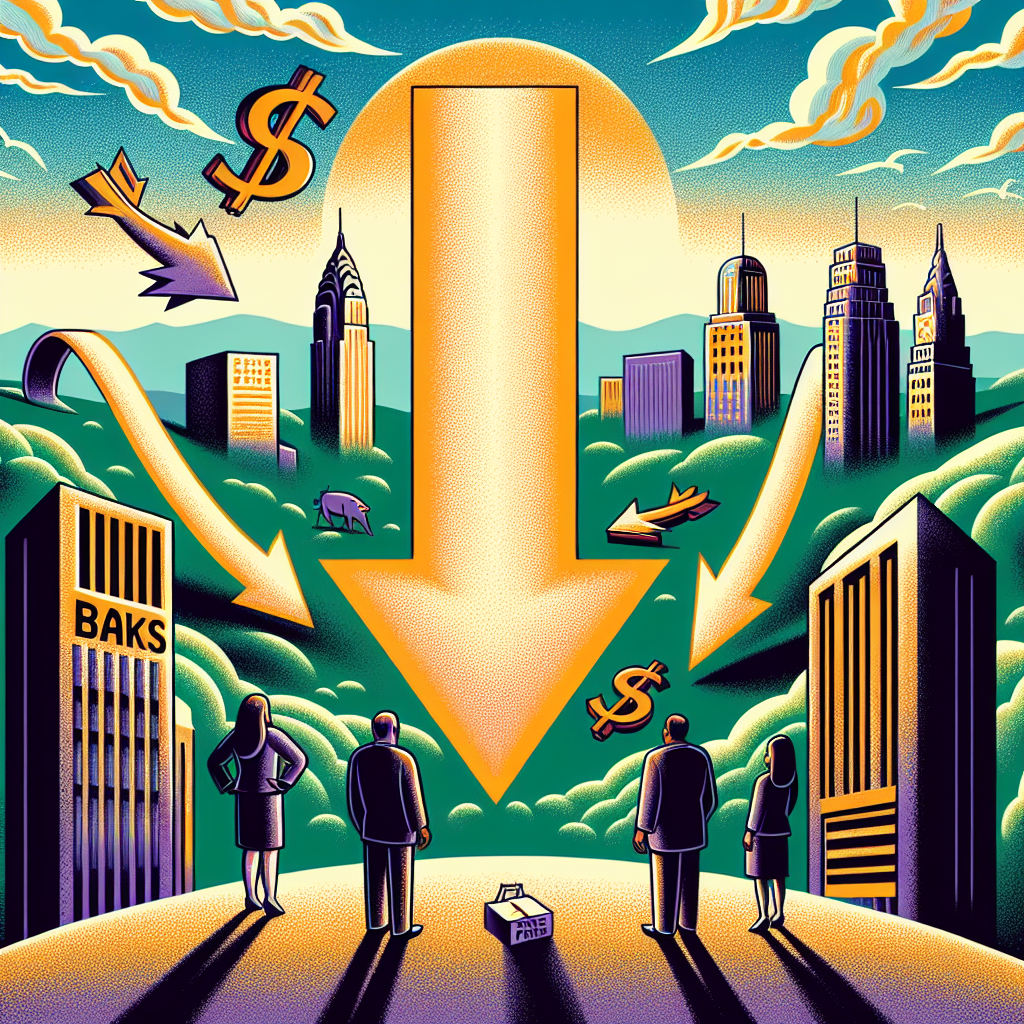On September 18, 2025, following the first rate cut by the Federal Reserve (Fed) this year, major banks in the United States on Wednesday, September 17, synchronously lowered the prime rate, easing financing costs for consumers and small businesses.
JPMorgan Chase, Citigroup, Wells Fargo, and Bank of America all reduced their prime rates from 7.50% to 7.25%. This action closely followed the Fed’s 25-basis-point policy rate cut, marking the first rate cut of the year and the first time since December last year.
The prime rate is the benchmark rate charged by commercial banks to their most creditworthy clients, typically large corporations. It is widely used as a pricing basis for products such as mortgage loans, small business loans, personal loans, credit cards, etc. Lowering interest rates usually reduces interest expenses for existing and new loans, providing support for interest-sensitive spending and investments.
According to Reuters, analysts indicated that despite inflation still being above the Fed’s 2% target and uncertainties remaining about the ultimate impact of the Trump administration’s tariff policies on prices, this rate cut shows that Fed decision-makers are more concerned about slowing economic growth and rising unemployment risks.
Richard Flynn, Managing Director of Charles Schwab UK, pointed out that while the market had initially expected the Fed to stay put this summer, the labor market weakness exceeded expectations, with unemployment claims reaching nearly four-year highs, making the rate cut reasonable.
The uncertainty in U.S. trade policy has led to a decrease in business hiring intentions, sluggish job growth, and heightened concerns about labor market stagnation. Lower borrowing costs are expected to stimulate more loan demand, increasing interest income assets on bank balance sheets.
At the same time, lower borrowing costs may make more small and medium-sized enterprises eligible for loans. Previously, banks had tightened loan standards due to rising interest rates and deteriorating economic prospects. Companies with ample funds are more likely to resume hiring, thereby supporting consumer spending.
Despite the positive impacts of the rate cut, market risks still persist. Jamie Dimon, CEO of JPMorgan Chase, warned last week that the cumulative effects of tariffs, immigration policies, geopolitics, and government tax cuts and spending plans remain difficult to assess.
David Solomon, CEO of Goldman Sachs, also stated in a CNBC interview that it’s difficult to quantify the impact of tariffs, but “there is no doubt it will have an impact on growth.”
(This article references a report from Reuters)

